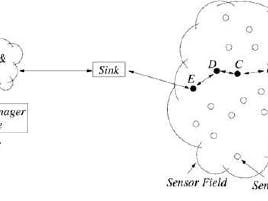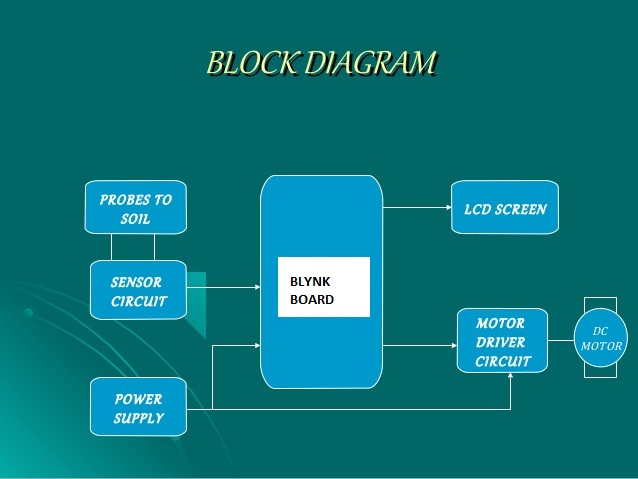One of the hottest trends in agriculture is Precision Agriculture, a market that is expected to grow to $3.7 billion by 2018. Agriculture, unlikely as it seems, has been an enthusiastic adopter of the Internet of Things. By gleaning data generated from GPS and sensors on the field and farming equipment, and using big data analytics, farmers have been able to improve crop yields and water utilization.
This evolution is important because by 2050 the global population is expected to jump by over 2 billion to 9 billion people. To keep pace with this population growth, food production needs to increase by at least 70 percent. No surprises that several companies and startups have taken the lead in using data and analytics on farm-level parameters such as soil, weather, water, crop condition and pesticide use. Armed with the data and analysis, farmers can benefit from precise advice about the seeds to plant, time to harvest, and expected yield.
The Internet of Things (IoT) is transforming the agriculture industry and enabling farmers to contend with the enormous challenges they face. The industry must overcome increasing water shortages, limited availability of lands, difficult to manage costs, while meeting the increasing consumption needs of a global population that is expected to grow by 70% by 2050.
New innovative IoT applications are addressing these issues and increasing the quality, quantity, sustainability and cost effectiveness of agricultural production. Today’s large and local farms can, for example, leverage IoT to remotely monitor sensors that can detect soil moisture, crop growth and livestock feed levels, remotely manage and control their smart connected harvesters and irrigation equipment, and utilize artificial intelligence based analytics to quickly analyze operational data combined with 3rd party information, such as weather services, to provide new insights and improve decision making











Comments